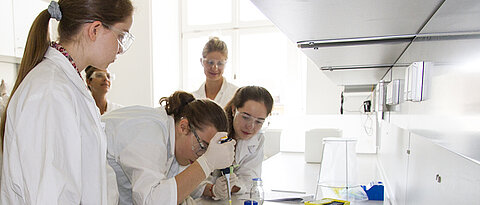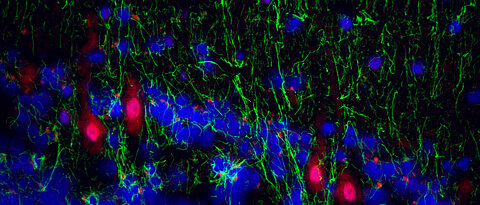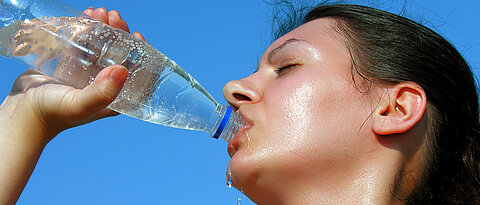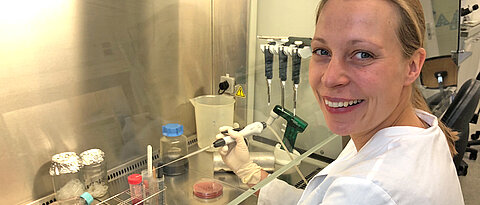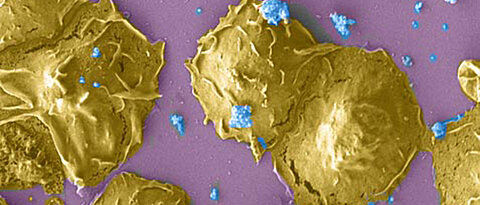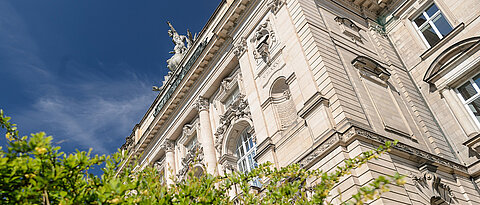Bees Need it Colorful
08/20/2018
Stopping bee extinction is a goal of scientists. Researches under the leadership of the University of Würzburg have discovered that a diversified plant environment helps bees in maintaining stable populations.
more

